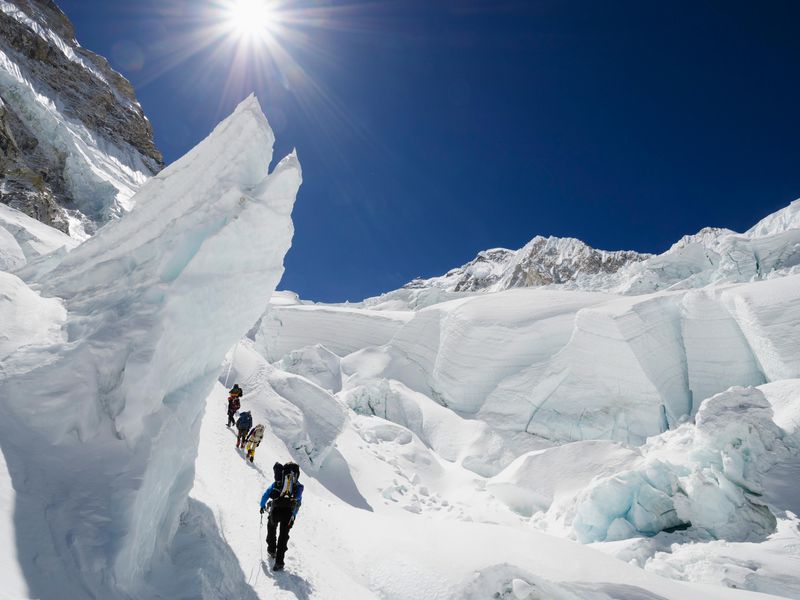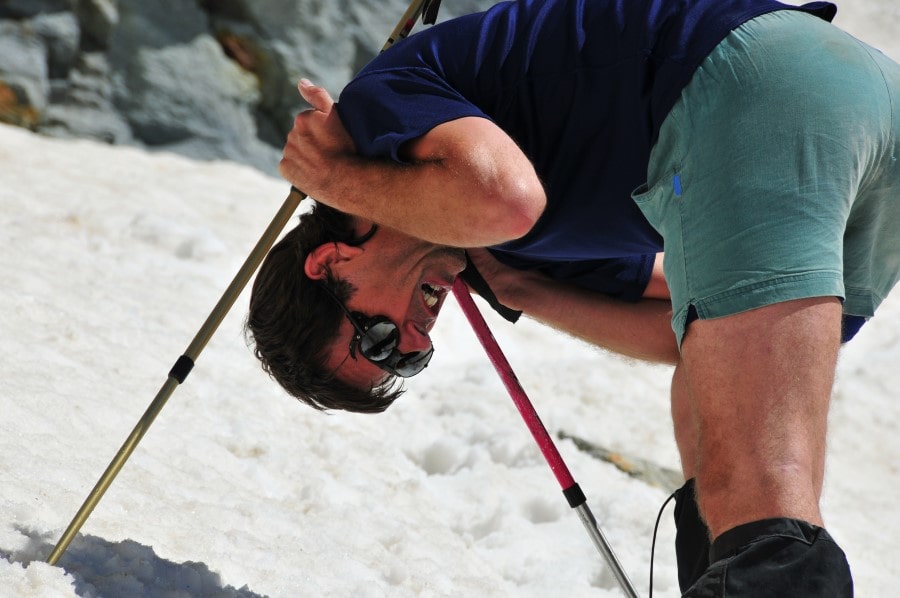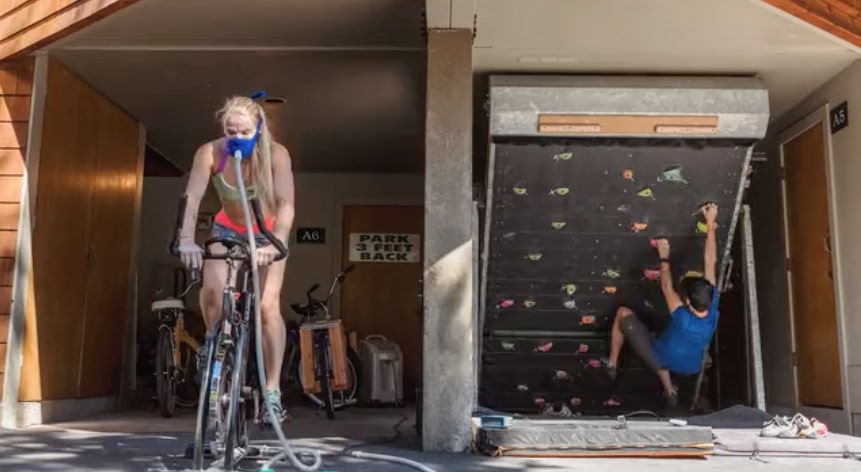
High-altitude pulmonary edema or HAPE is the leading cause of death related to high-altitude exposure. John Krakauer’s breakout book Into Thin Air brought HAPE as well as High Altitude Cerebral Edema (HACE) to the forefront of mortality on Mt. Everest, but the fact is that HAPE, while most common above altitudes of 8,200 feet, can occur at altitudes as low as 4,900 feet in susceptible people. Symptoms of HAPE can vary depending on the altitude, but include shortness of breath while resting, weakness, chest tightness or congestion, and coughing. Signs to look for include cracking lungs, wheezing, a bluish ski hue, and accelerated breathing and heart rate. If a person at altitude experiences at least 2 of these symptoms or signs, treatment must be pursued immediately.
“By the time he arrived at the tents late that afternoon Ngawang was delirious, stumbling like a drunk, and coughing up pink, blood-laced froth.” Jon Krakauer’s account of Sherpa Ngawang’s deteriorating condition after succumbing to HAPE on Mt. Everest from Into Thin Air.
The shortage of oxygen in low pressure conditions can cause a fluid from outside blood vessels to enter the lungs. A predisposition to HAPE is often not predictable though there is a genetic link as well as a higher occurrence in people with sleep apnea.

Acclimatization or gaining elevation slowly over a number of days can prevent HAPE. Experienced climbers who wish to complete rapid accents like Adrian Ballinger often use hypoxic tents or other training devices for the months leading up to expeditions that mimic conditions at high altitudes.
“We started sleeping in a hypoxic tent six weeks before the beginning of our expedition.. Over those six weeks, we bumped the altitude in the tent up — I think we started at 12,000 feet, and by the end we were sleeping at 19,000 feet.” Adrian Ballinger on pre-acclimatizing for a rapid ascent of Cho Oyu in 2016.

Treatment for HAPE is retreating from altitude immediately or taking pure oxygen through a mask. Certain drugs can also be effective, but often with side effects. The good news is that studies have shown that only 1 percent of people who travel to 13,000 feet will experience HAPE which makes the risk relatively low in the continental United States.